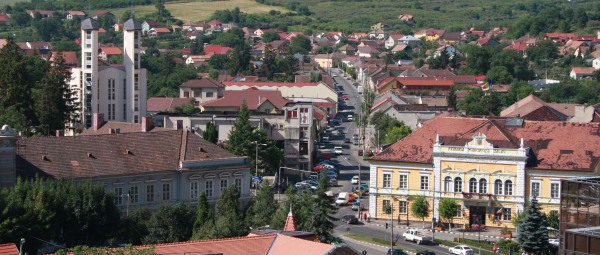Zalau, RO

Situated in the North-Western part of Romania, Zalău has a population of approximatively 63 000 inhabitants. Working towards a sustainable development of the city, the municipality of Zalău decided to join the Covenant of Mayors for Climate and Energy in 2012. As a result, the Local Council committed to reduce the CO₂ emissions of the city of 20% by 2020. The Sustainable Energy Action Plan published by the municipality in 2014 is focused on improving the energy efficiency of buildings, modernizing the public transportation system and developing alternatives for energy consumption.
Buildings – there are approx. 9 500 buildings in Zalău, as following:
- Approx. 2.700 buildings belonging to legal persons, mostly used for economic
activity
- Approx. 5.600 houses belonging to individuals
- 1.088 condominiums (blocks of flats) with approx. 24.000 apartments
- Approx. 170 buildings belonging to local and central government.
Between 2013 and 2015, 28 condominiums including 1 391 apartments were refurbished to reduce the overall energy consumption of the buildings. The financing source was the ERDF, the Romanian national budget, the local budget as well as owners associations.
In the near future, the Municipality intends to refurbish another 28 condominiums with the same instrument. Additionally, the municipality plans to improve the energy efficiency for at least 22 kinder gardens, schools and high schools in the next 5 years.
Public transportation – the Local Council owns the company that provides the public transportation services made of 45 bus lines. The municipality plans to modernize the public transportation system in order to make it more efficient, attractive and friendly.
Public lighting and renewable energy sources – the Municipality is responsible for the public lighting system. In certain urban areas, where the private supplier of electricity does not intervene for the development of the infrastructure, the Municipality takes over the responsibility to extend or modernize the network. The main objectives of the city for the next 5 years are to rehabilitate and extend the public lighting system and to increase the use of renewable energy sources thanks to the creation of a solar power plant.